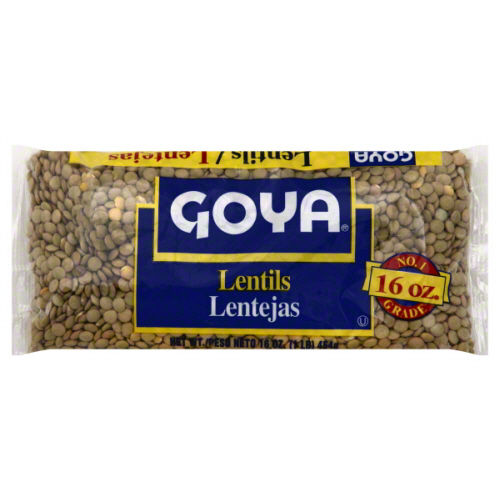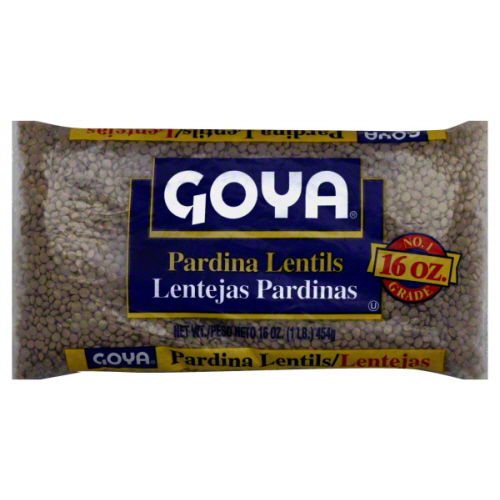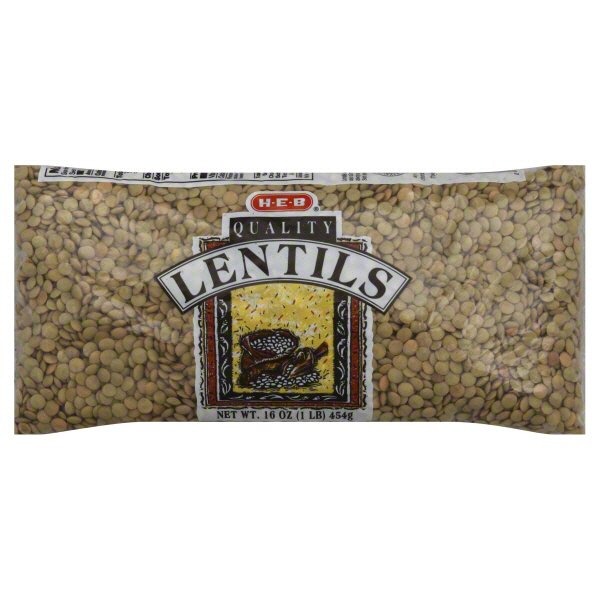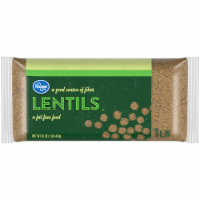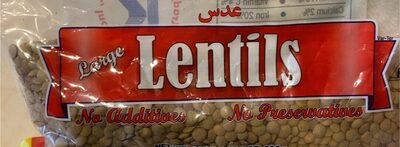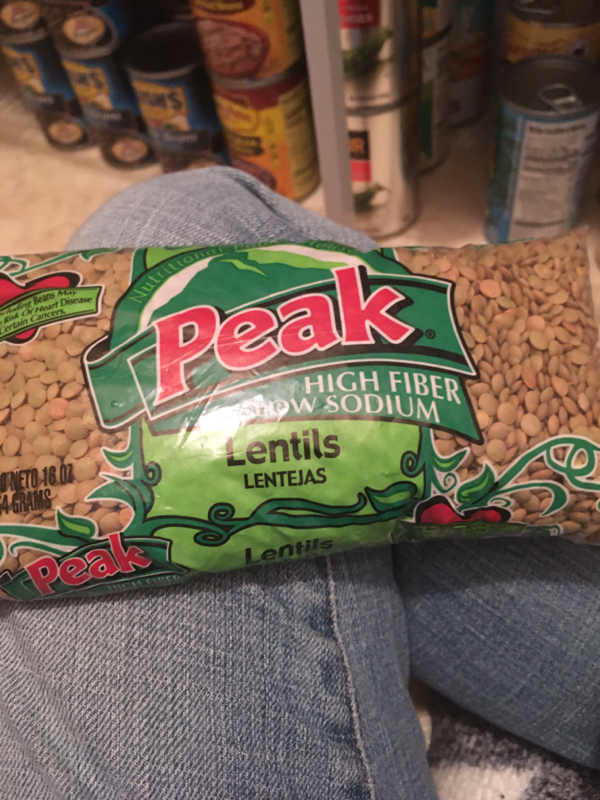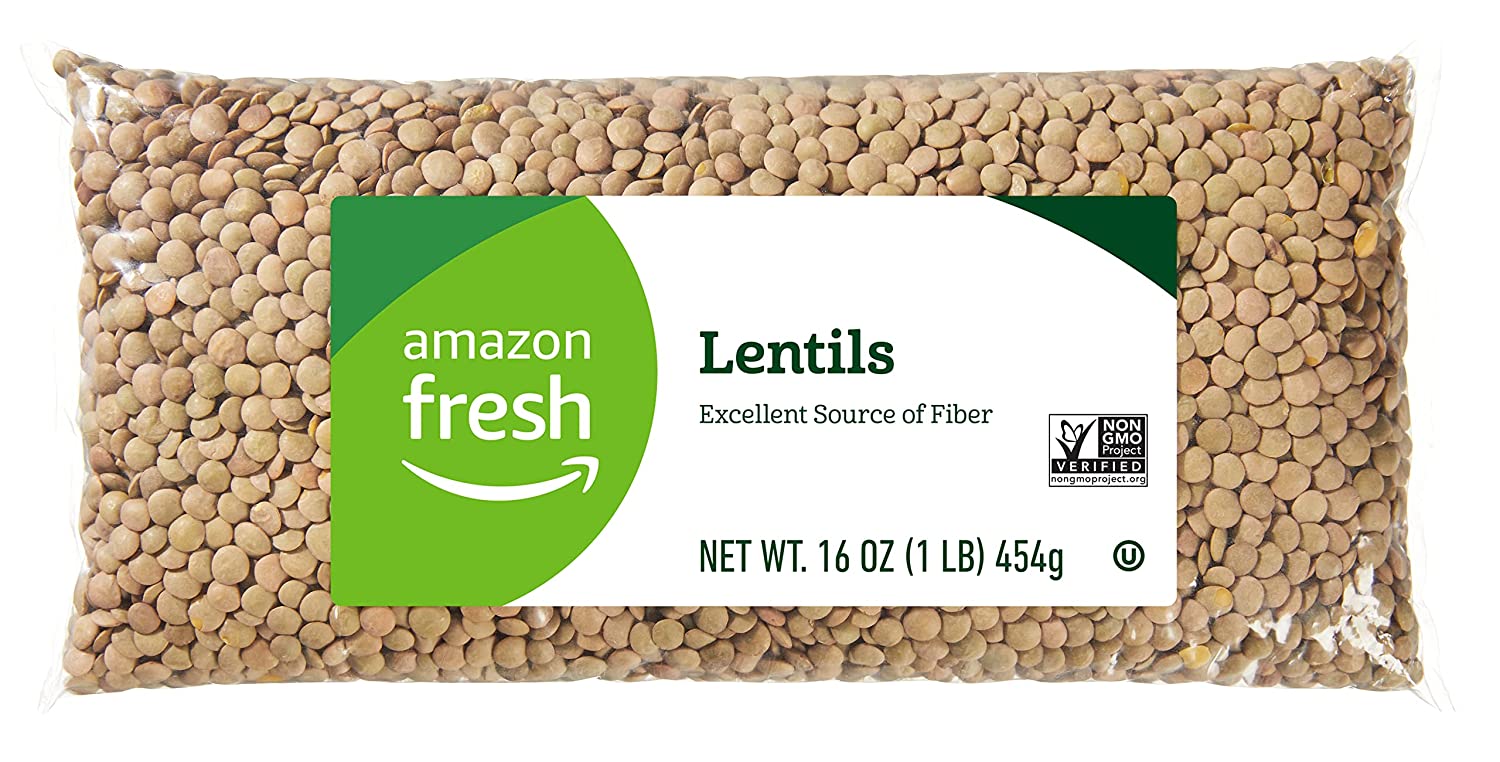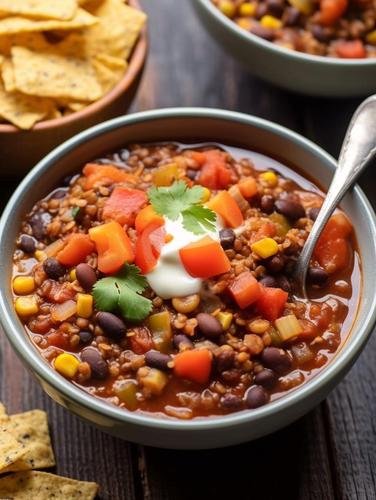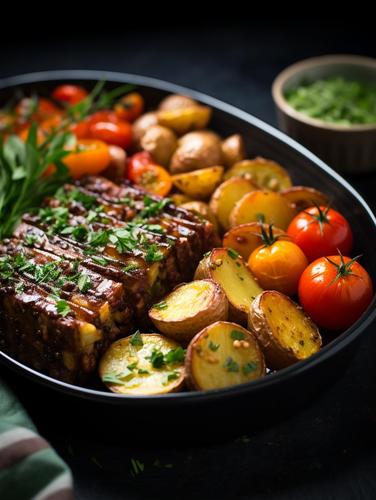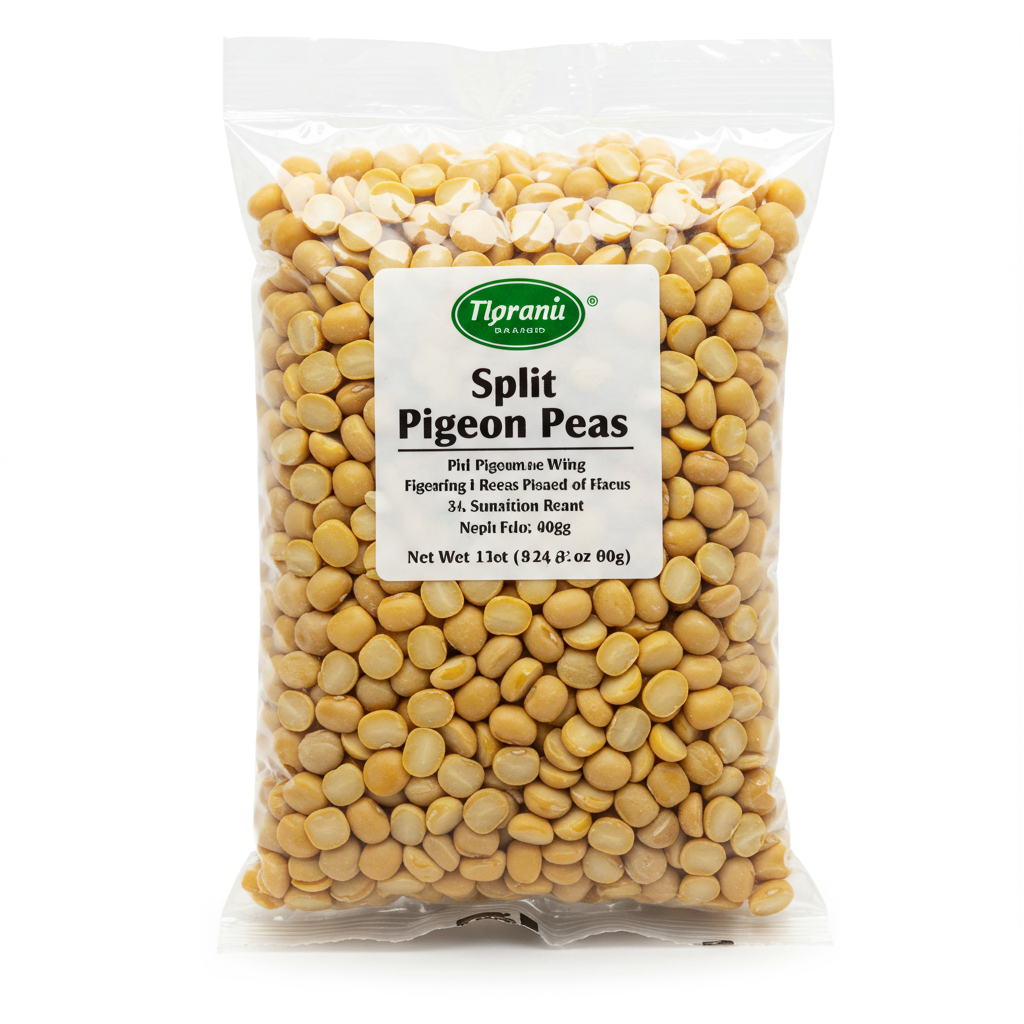SOUPS
MAIN DISHES
SALADS
Lentils
Lentils are small, lens-shaped legumes that have been a staple food source across various cultures for thousands of years. They come in a wide variety of colors, including green, brown, red, and black, with slightly different tastes and culinary uses. Lentils are highly regarded for their nutritional content, which includes high amounts of protein, fiber, vitamins, and minerals, making them a valuable component of a balanced diet, especially for vegetarians and vegans.
With their earthy and nutty flavors, lentils are versatile and work well in various dishes, such as soups, salads, stews, and as a meat alternative in veggie burgers. They are relatively quick and easy to cook, requiring no pre-soaking like other legumes, and pair well with herbs, spices, and a wide array of ingredients.
71%
CARBS
1%
FAT
28%
PROTEIN
611 Lentils Products
Used In 38 Recipes
1
Hearty Sweet Potato & Chickpea Buddha Bowls
5
One-Pot Hearty Lentil & Quinoa Chili
3
Scrumptious Coconut Lentil Curry
3
Golden Lentils in Spiced Coconut Gravy
5
Classic Neapolitan Pasta and Lentils Fiesta
Lentil Mini Meatloaf Sheet-Pan Feast
5
Smoky Sweet Potato and Lentil Chili
2
Rustic 25-Minute Turkey Bolognese with Lentils
Lentils Are Frequently Used With
Lentils FAQ
When it comes to lentils, one common problem that people encounter is that their lentils turn out too mushy or they take forever to cook. This is often due to improper cooking techniques or using the wrong type of lentil for a given recipe. Another issue people often have is making their lentil dishes flavorful. Lentils are decidedly low in fat and have a mild flavor that pairs well with a wide variety of spices and herbs.
Getting the most out of lentils involves understanding the different types and their uses. Green and brown lentils maintain their shape well after cooking, making them perfect for salads and side dishes. On the other hand, red and yellow lentils turn creamy when cooked, making them well-suited for soups and Indian dals. Cooking lentils in broth instead of water is a good way to add flavor. Other useful tips are to add aromatics like onion and garlic during the cooking process, and to season lentils at the end of cooking to prevent them from getting tough.
Some little known tricks to remember when cooking with lentils are that you can use them as a healthier thickener in soups and stews, and they can be used to make vegan versions of typically meat-based dishes, like meatballs or meatloaf, thanks to their hearty texture.
Do I need to soak lentils before cooking them?
Why are my lentils always hard after cooking?
What is the best way to season lentils?
How can I prevent my lentils from becoming mushy?
Are lentils good for health?
Can I cook lentils in a rice cooker?
Do lentils cause gas?
Can I use lentils as a meat substitute?
Why do my lentils fall apart when cooking?
Can I cook lentils in a slow cooker?
Expiration & Storage Tips
When does lentils expire?
Unopened dry lentils can last up to 3 years stored in their original packaging, past the printed date on the package. Once open but properly stored, they can stay good for about 1 year. If cooked, lentils should be consumed within about a week if kept in the refrigerator. Cooked lentils can also be frozen, which extends their life up to 6 months.
How do you tell if lentils is bad?
Dry lentils are very hardy, but if they develop an off smell, discoloration, or signs of mold, they should be thrown out. Cooked lentils that have gone bad will have a sour smell and may have a change in color and become slimy to touch.
Tips for storing lentils to extend shelf life
• Always store lentils in an airtight container in a cool, dry, dark place, like a pantry.
• For maximum freshness, cook only the amount of lentils you need.
• If you have a large amount of cooked lentils leftover, consider freezing them in portion sizes for future use.
• Always cool cooked lentils as quickly as possible and get them in the refrigerator within two hours of cooking to prevent bacteria growth.
EXPIRES WITHIN
19 - 29
MONTHS
Substitutes
Health Info
Macros
124g
CARBS
2g
FAT
48g
PROTEIN
Allowed on these diets
LOW FAT
HIGH CALCIUM
VEGETARIAN
MEDITERRANEAN
LOW CARB
VEGAN
LACTOSE FREE
GLUTEN FREE

